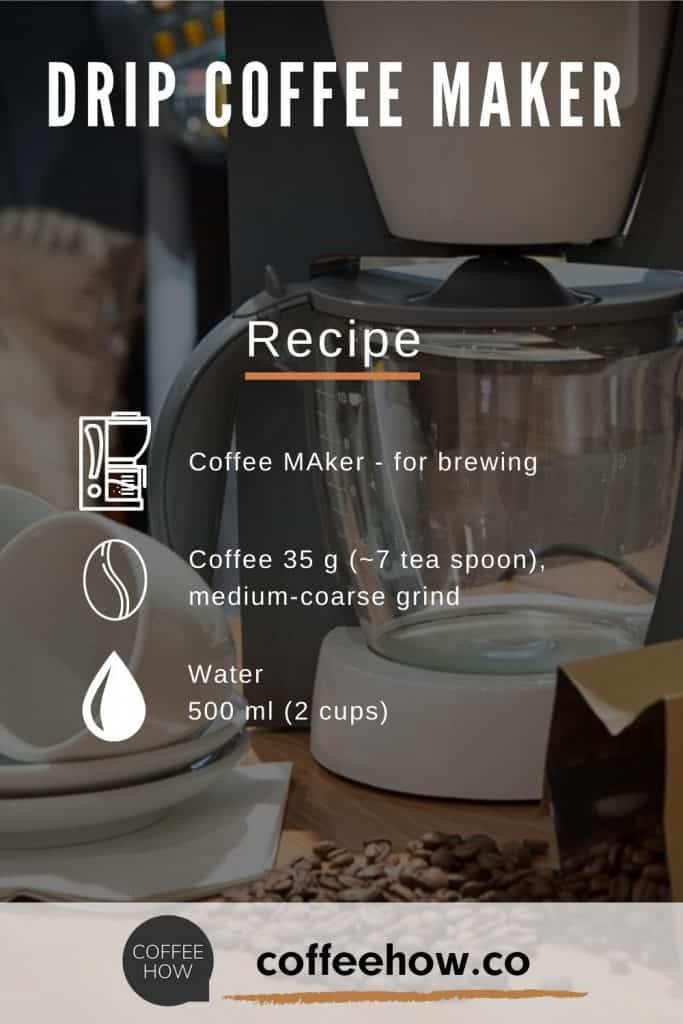Variations of French Press have been around for over 100 years, but design concepts as…
If you’re like me, you can’t even remember being taught how to use one — it’s like I was born knowing how to make coffee in a coffee maker that looks older than time itself. Most of us start our coffee journey with an unimpressive but reliable standard drip-brew coffee maker.
What can be said about the durability of these machines is kinder than what’s often said about the quality of the coffee drinks they produce. While these automatic drip-brewers were seen as futuristic innovations when they first hit the market, they’re now considered a rather basic, even lazy way of making coffee.
Don’t let that stop you from enjoying the convenience of press-and-go coffee! The rules of craft coffee don’t apply when all you want is a tasty cup of coffee the fast and easy way. These fixtures of the at-home kitchen aren’t going anywhere any time soon, so don’t dismiss them as a relic of the past just yet.
Instead, lean into their convenience and learn how to make coffee in a coffee maker the right way. The steps are simple, but there are important considerations to make in each one that will make a big difference in your final cup. It doesn’t matter which coffee maker you have, these tips apply to how to use coffee maker models from any brand.

In the hopper for the coffee place a paper or mesh filter

Add 32 g. ground coffee (coarse grind) into drip coffee maker

Replace the flask for the finished beverage and press the power button of the coffee maker. It remains to wait a few minutes while the drink is prepared and poured into the flask
5 min · 1 cup · easy



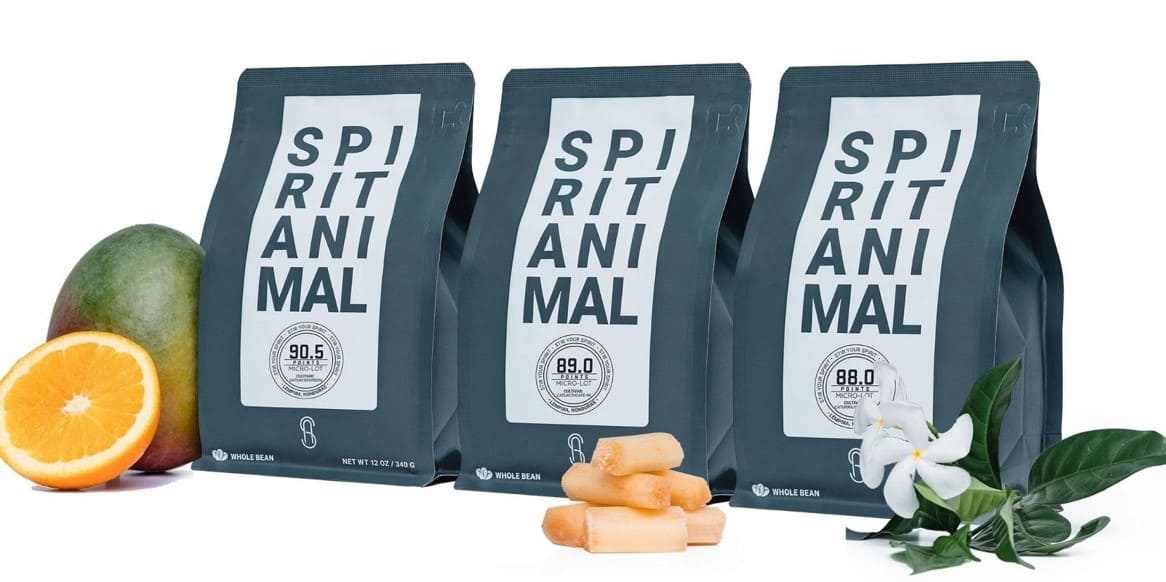

Follow these step-by-step coffee maker instructions carefully to get the most out of how to use a filter coffee machine!
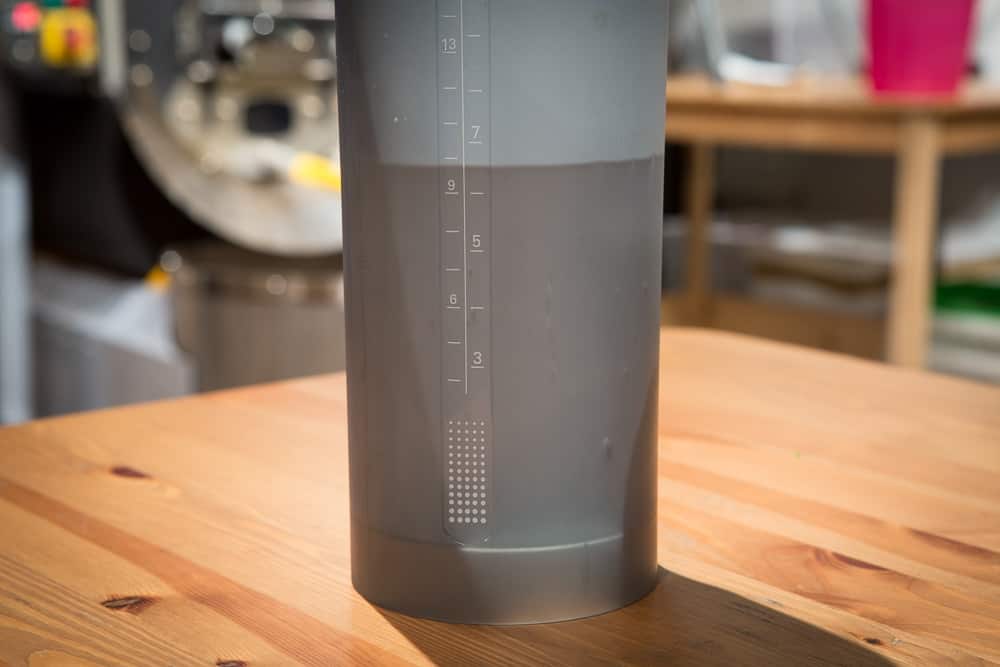
Most machines are built with a reservoir that holds enough water to brew 2-12 cups of coffee per cycle. Some coffee machines brew a fixed amount of coffee based on the amount of water in the reservoir, but it’s more common for the machine to feature serving-size selections.
You can use any clean, fresh water to make coffee, but using filtered water can prevent mineral build-up inside of the coffee’s water lines. You should never put any flavoring agents or liquids other than plain water in the reservoir.

In terms of functionality, it doesn’t matter whether you use a disposable paper filter or a reusable filter so long as the filter is the right size and shape for your machine. The choice between disposable and reusable can impact flavor, however.
Paper and cloth or cloth-like filters hold not only the coffee grounds, but capture some of the coffee’s volatile oils, too. These oils are coffee’s flavor bombs, but some coffee drinkers may not prefer a full-throttle flavor and so they use filters the oils can cling to, instead.
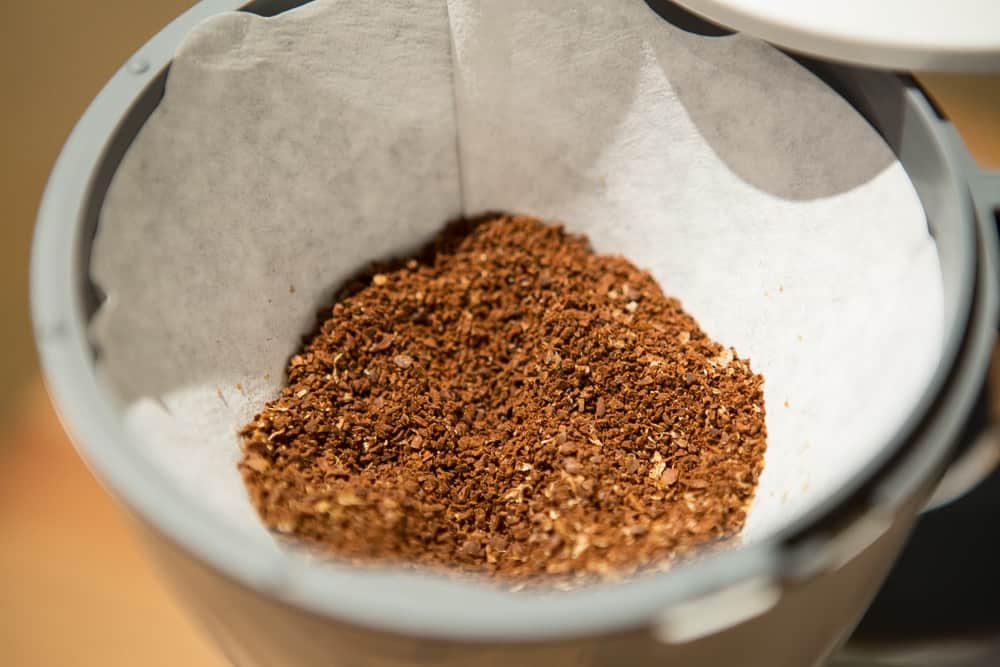
The kind of preground coffee you buy in the store is made with the filter coffee machine in mind, which is a testament to the coffee maker’s longevity. But, if there’s one step where you can make the biggest difference, it’s this one.
Even though preground coffee is easy and cheap, it’s never going to compare to the flavor of a cup of coffee that’s been brewed from freshly ground whole beans. If you can’t grind coffee at home, check to see if a store near you has a grinder for whole bean purchases. It’s one upgrade that is more than worth it!
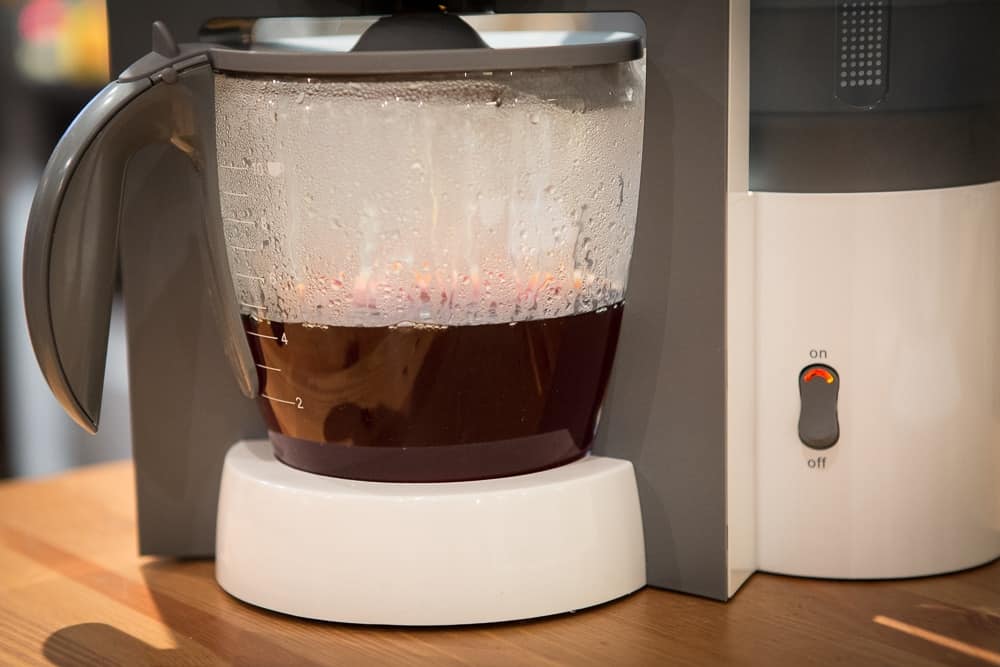
Industry standards for coffee makers aren’t focused on forcing manufacturers to abide by any particular water-to-coffee ratios when designing their products, but most seem to design their machines to suit the basic guidelines of 2 tablespoons of ground coffee for every 8-ounce serving.
It’s easy to under or over-extract coffee, which never tastes good, so I wouldn’t advise playing around with the ratios while using a coffee maker. Save experimentation for pour-overs and latte art — not the humble coffee maker.

The beauty of an automatic drip-brew coffee maker is the hands-off convenience of the entire process. This is especially true if you need more than one serving — or one extra-large serving!
Depending on which model you buy, many manufacturers know that coffee drinkers usually don’t stop with just one cup. That’s why you’ll find hot plates that keep a glass coffee pot warm for up to half an hour after the initial brew. Here is a good guide to budget coffee makers.

These are the tricks of the trade that I’ve learned while mastering how to use coffee maker models of all kinds.
Whether you use a coffee pot for that quick morning fix or for entertaining dinner guests at dessert, understanding what’s behind every step of how a coffee maker works will guarantee each cup of coffee you serve tastes amazing.
